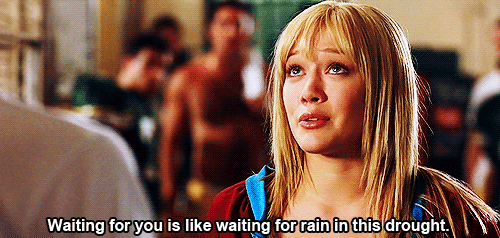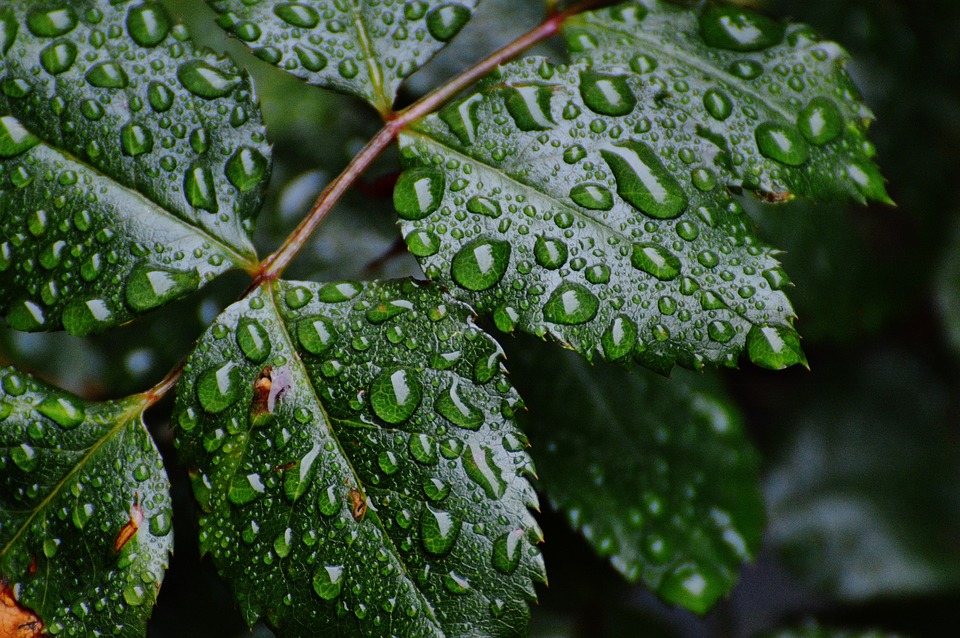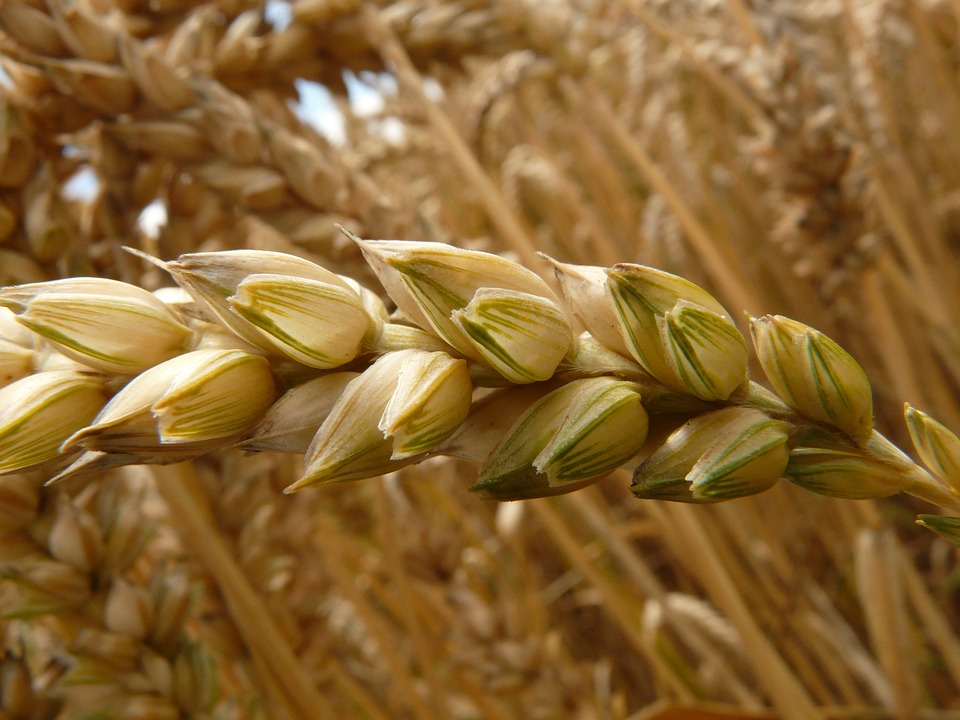I don’t know about you, but because I don’t physically see extreme weather patterns where I live (in Connecticut) I tend to block out the idea that weather from other parts of the world can actually be affecting the food I eat every day. If it tastes good and looks fresh, and that’s typically all I care about, and you’re probably no different. I’m always able to buy all the food I want and need, but recently learned that might not always be the case. Our food is being affected by weather patterns we don’t always witness for ourselves, which means we might not always be able to find what we want when we want it at the supermarket. Or worse yet, the foods we find may contain extremely harmful toxins. Many of the foods we eat are negatively affected by extreme weather conditions which continue to worsen as our world faces issues such as climate change, droughts and intense flooding.
Science was never my strong suit in school, but I’m going to break this down for you in the least confusing way possible. Our food sources are developing toxic chemicals and acids which people and animals are consuming—all due to weather. As nature causes plants and crops to adapt to weather patterns, they accumulate different toxins that then make them unpalatable or even poisonous to humans and livestock. In a nutshell, extreme weather is making our food something our bodies can’t digest, something harmful.

Photo courtesy of pixabay.com
Found in a report by the United Nations Environment Programme, popular foods, grains and crops you might consume daily such as wheat, barley, soy beans and maize are generating toxins to protect themselves from newly extreme weather environments, especially when faced with the threat of drought.

GIF courtesy of Rebloggy.com
Before we consume certain plants, they first have to perform a converting process during which they actually convert nitrates into nutritious amino acids and proteins. If anyone remembers when Hilary Duff roasted Chad Michael Murray for waiting for the drought to be over before he would make a move in A Cinderella Story (still one of my favorites), plants can’t wait for the droughts to be over either. When plants are unable to convert nitrates as they usually do, animals and humans risk the danger of over-eating nitrates in our regular diets. That can lead to complications with the flow of oxygen to red blood cells, which is extremely hazardous to our health as every cell in the human body needs oxygen to live.

Photo courtesy of pixabay.com
Furthermore, when crops which are exposed to a drought are suddenly exposed to large amounts of rain—like when Chad Michael Murray finally does make his move and kisses Hilary Duff and the rain suddenly shows up—the plants accumulate prussic acid—a compound used in chemical warfare—which, like nitrates, interferes with the oxygen flow in our bodies. Crops like flax, maize, and sorghum are some of the most vulnerable to accumulate prussic acid.
Many warn that Europe is in particularly grave danger of toxins in their agriculture products as world temperatures continue to rise. Moreover, there are threats of yet another extreme toxin, fungal, in damp and flooding conditions. We don’t realize this, but there are places, especially in East Africa, that must burn their crops because of fungal mold which easily spreads across entire food sources. If it is not recognized and identified, it can get mixed into widely consumed ingredients like flour.
The truly scary part of it all cycles back to us and the fact that our bodies are affected in more ways than you might imagine. There are many more dangers that people face as the weather impacts our crops’ inability to properly convert toxins into proteins than issues with oxygen flow and red blood cells. Toxins can cause nervous disorders. They can also increase difficulty breathing and cause miscarriages (in people as well as animals). That’s all not to mention the fear of continuous exposure to food toxins leading to cancer.

Photo courtesy of pixabay.com
In another study, it was found that between 1964-2007, droughts cut a country’s crop population by 10%, while heat waves cut it by 9%. I was shocked when I learned that it totaled to estimating a loss of over three billion crops due to extreme weather throughout those years. Food being lost might sound better than eating food which could be toxic, but our population continues to grow rapidly, and in order to feed everyone or food needs to grow at the same rate, but its not. As our population grows and all we continue to do is emit greenhouse gases, water, oil, and energy, we won’t be able to feed the whole population. In order to do so, we need to become more sustainable and efficient.
I know we want to help the planet, but sometimes because we don’t see what is happening to it, we forget our actions still matter. Many issues of global warming are caused by the way we are living on this planet, and if the only way to save us from the toxins in our plants and crops is to help the environment, well then it seems we need to make a change. We haven’t truly realized how much we waste, whether its food or energy every day. Even if we make a small change to fix how much we waste, its still a huge impact on the planet, one kiss in A Cinderella Story brought the rain, I think we can change the weather too if we just try. First step, we need to learn how to eat and live in ways which start helping out environment, instead of hurting it, because one day I am going to want to watch the drought disappear because of a magical kiss (sorry if this analogy is getting old by now) with my children and know the planet is safe for them too.




